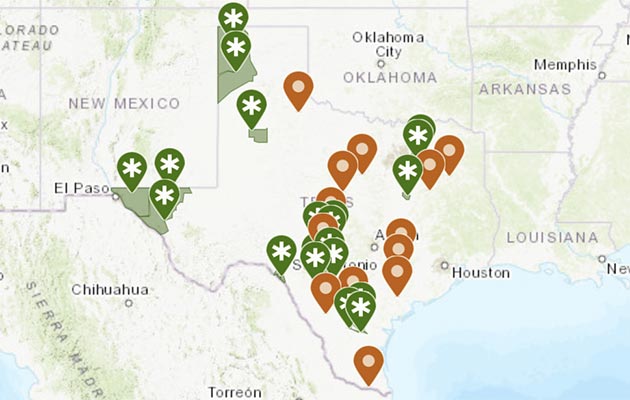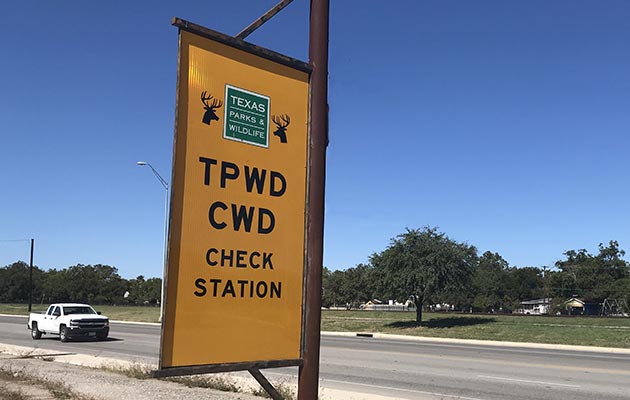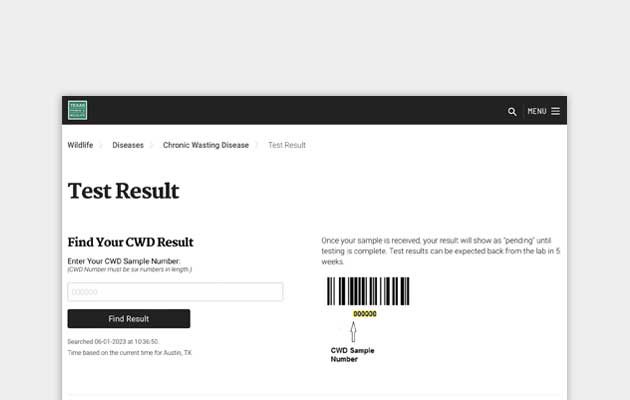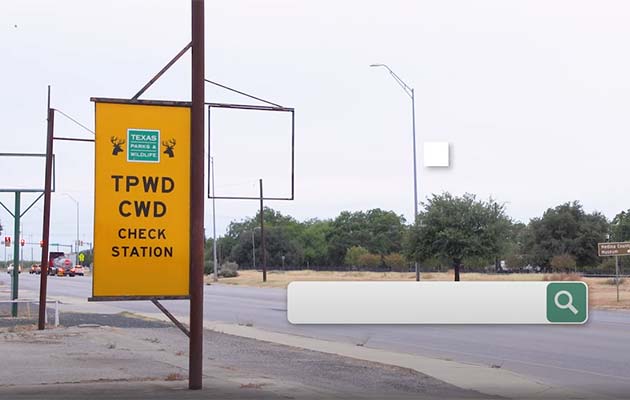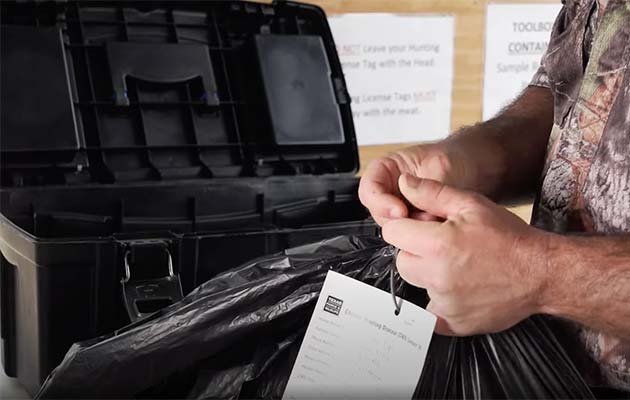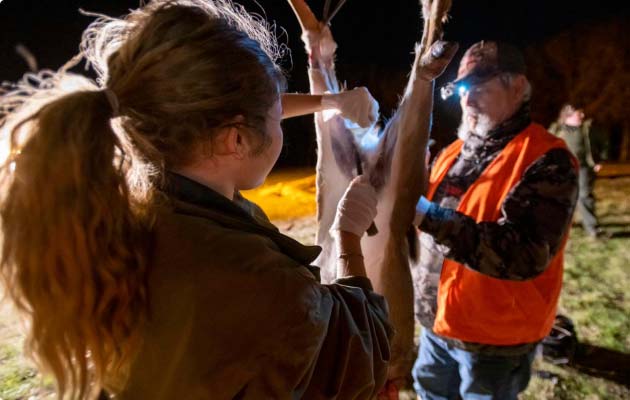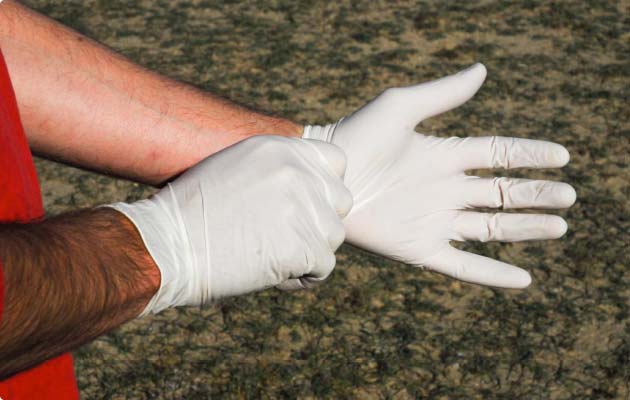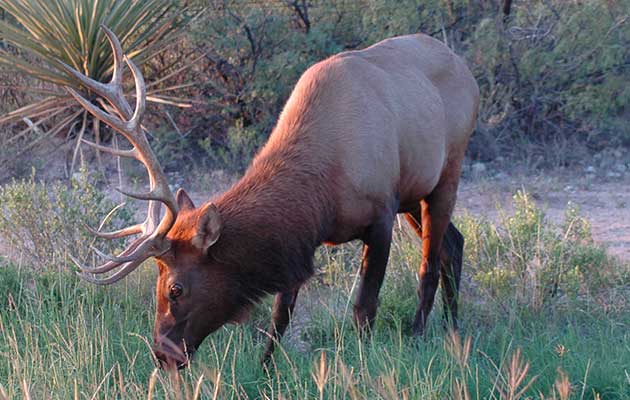CWD Information for Hunters
Mandatory Testing in CWD Zones
If you harvest a deer in a CWD zone, it is mandatory to bring the deer to a check station within 48 hours of harvest to have a CWD sample collected. Biologists gather statewide data to aid in strategies to reduce the risk of CWD spread.
